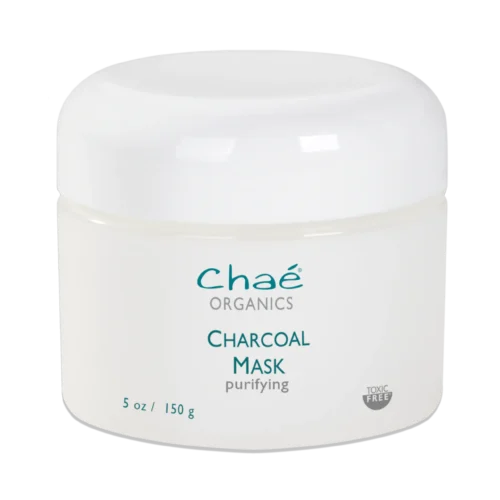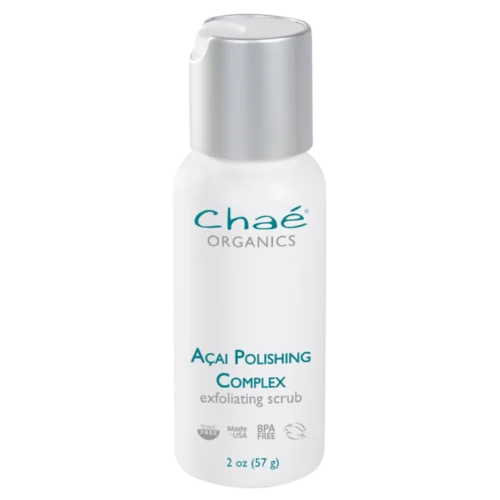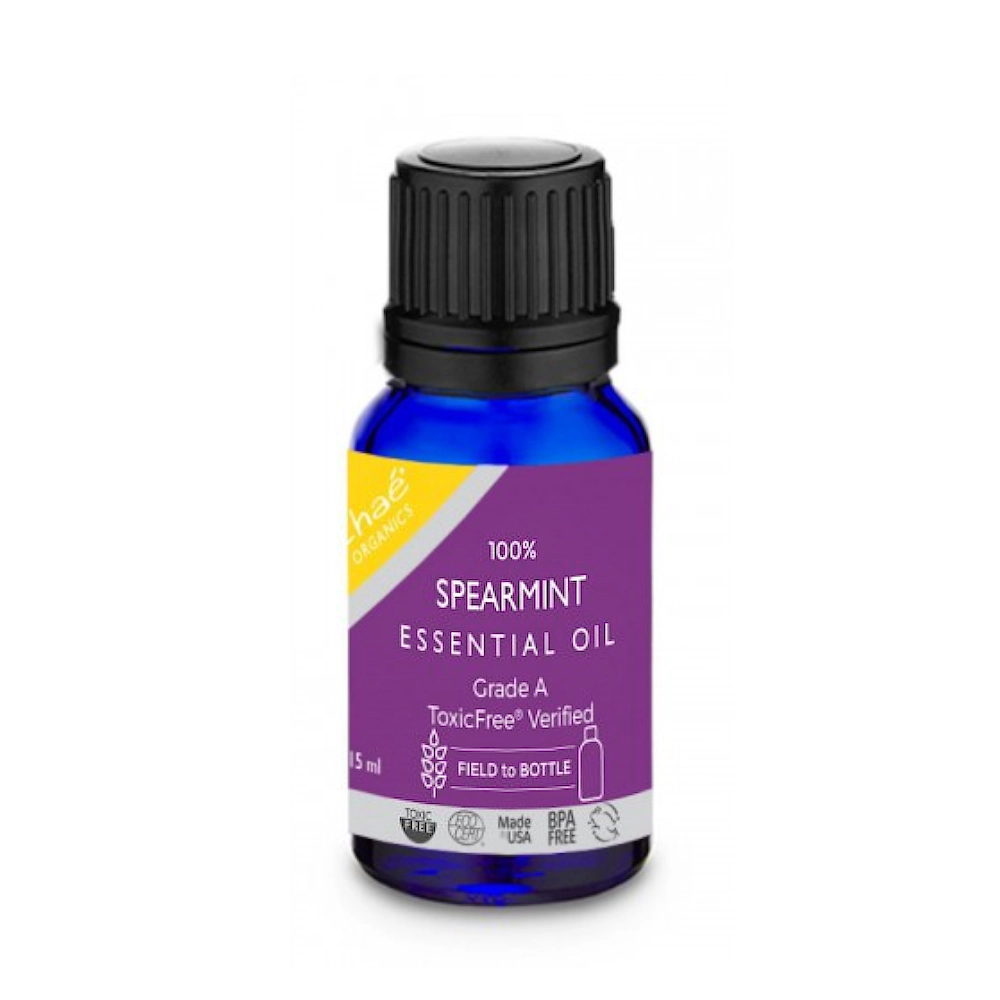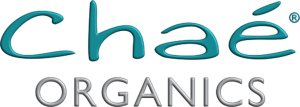The Significance of ToxicFree Certification: Prioritizing Health and Well-Being in Everyday Products
Introduction
When it comes to consumer products, the market is awash with labels like ‘natural,’ ‘eco-friendly,’ and ‘safe,’ but how can consumers verify these claims? With increasing awareness about toxic chemicals present in everyday items, ranging from skincare and baby products to household cleaners, the call for reliable certifications has never been louder. One noteworthy and stringent certification in this context is that offered by the ToxicFree Foundation. This blog aims to dissect why being ToxicFree certified is important for both consumers and manufacturers, and why it might be a paradigm shift towards healthier living and conscious consumption.
What is ToxicFree Certification?
The ToxicFree Foundation provides a certification program that ensures a product is free from harmful toxic chemicals. Their criteria are rigorous, scrutinizing everything from the sourcing of raw materials to the manufacturing processes. The ToxicFree logo acts as a seal of approval that the product you are about to use does not contain substances that could be harmful to you, your family, or the environment.
The Importance of ToxicFree Certification
For Consumers
- Informed Choices: The ToxicFree logo acts as a quick guide, helping consumers make informed decisions without having to peruse complicated ingredient lists.
- Health Benefits: Products that are free from toxic chemicals reduce the risk of skin irritations, allergies, and long-term health problems like endocrine disruption and even some cancers.
- Peace of Mind: Knowing that a product is ToxicFree certified offers consumers peace of mind, particularly when purchasing items for vulnerable family members like babies or pets.
For Manufacturers
- Public Trust: Earning a ToxicFree certification can dramatically increase consumer trust, providing a competitive edge in a crowded marketplace.
- Legal Safeguard: Having a certified product minimizes the risks of recalls or legal actions that can occur if a product is found to be harmful.
- Environmental Impact: Typically, toxic-free manufacturing processes are also environmentally conscious, making the product appealing to a broader audience that values sustainability.
For Society and Environment
- Reduced Medical Burden: The fewer toxic products on the market, the lower the societal burden of dealing with health issues that may arise from exposure to harmful substances.
- Ecological Well-Being: ToxicFree certified products are generally better for the environment, reducing soil and water pollution and minimizing harm to wildlife.
Common Myths and Misconceptions
- “Natural” equals “Safe”: Just because a product is labeled natural does not mean it is free from toxic elements. Natural substances can be toxic too.
- Pricey Affair: While it may sometimes be true that ToxicFree products can be more expensive due to higher-quality ingredients and ethical manufacturing processes, this isn’t a rule. Also, considering the long-term health benefits, it’s an investment rather than an expense.
The Real-World Impact
Numerous brands have reported that achieving ToxicFree certification has not only increased their market share but has also opened doors for collaborations and partnerships based on mutual respect for consumer and environmental health.
Conclusion
The ToxicFree certification goes beyond a marketing strategy; it is a symbol of commitment to consumer well-being and environmental sustainability. It challenges the status quo, urging both consumers and manufacturers to reconsider their choices and shift towards a healthier, more conscientious lifestyle. While achieving this certification may be demanding for companies, the benefits—ranging from consumer trust to long-term health improvements—far outweigh the initial efforts. So, next time you shop, let the ToxicFree logo be your guide to a healthier life and a cleaner planet.



